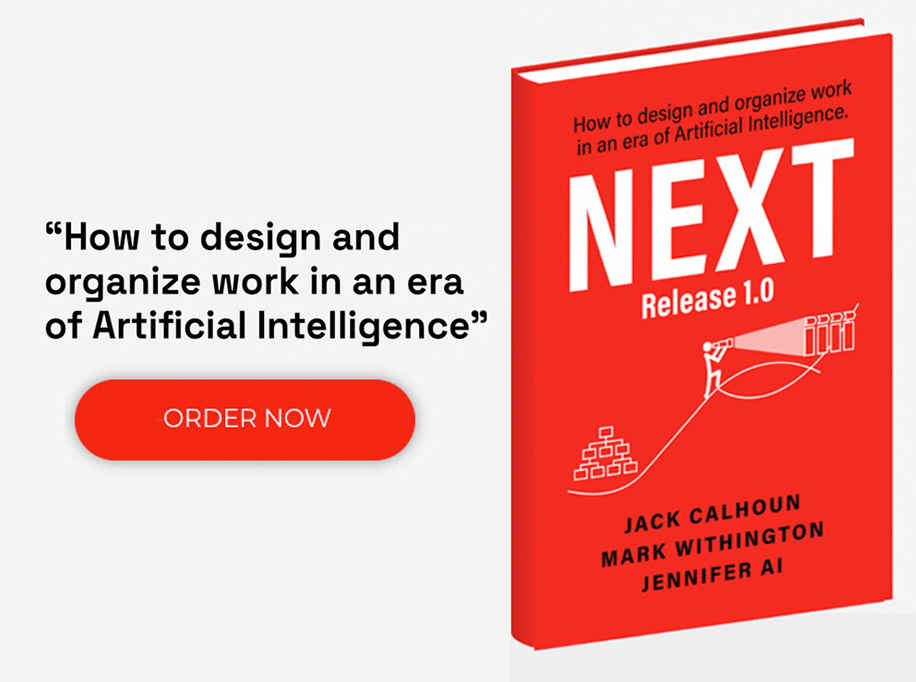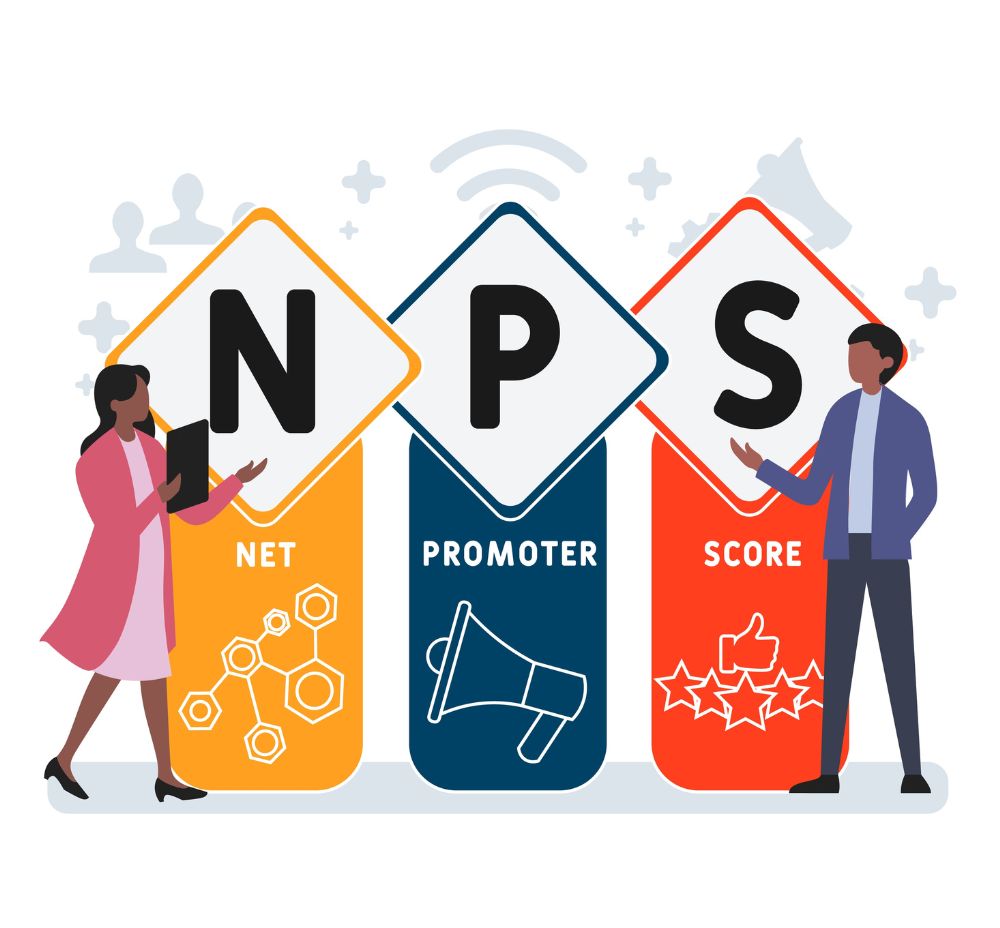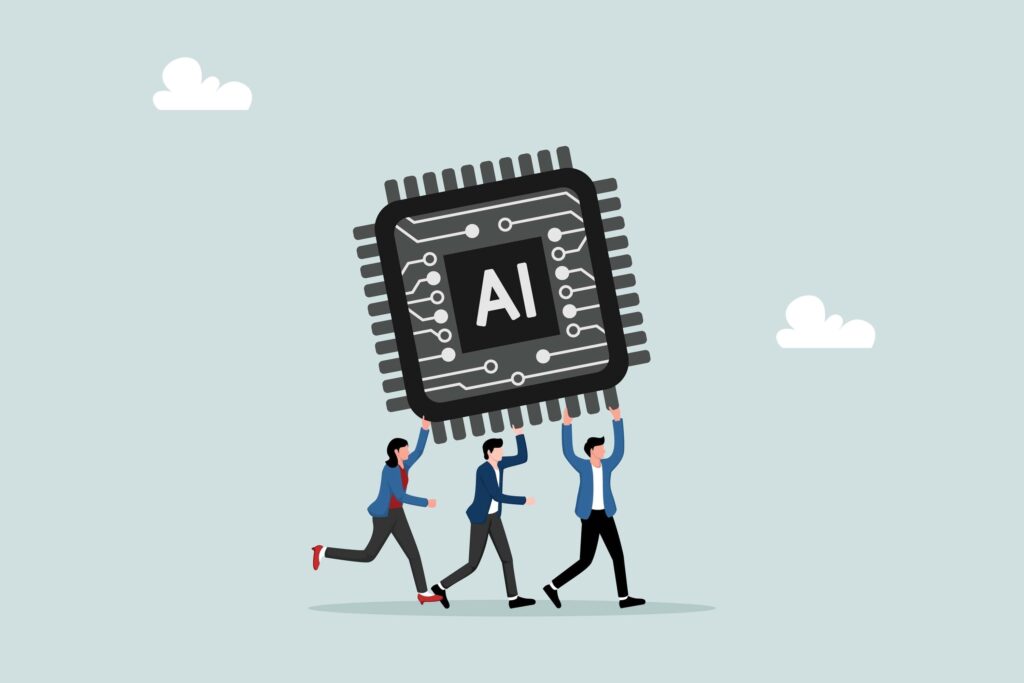Effective operating model design is critical to achieving strategic results. Without designing the operating model to focus on the strategic agenda, organizations are set up to fail. A successful discussion of the key components of operating model designs starts with operating capabilities. Often, organizations lean on functional roles, determined via an org chart, when designing the operating model. Unfortunately, this leads to department-level silos that hinder strategic execution. Organizations must focus on operating capabilities as the key components of effective operating model design.
A capability can be loosely defined as people executing processes enabled by technology. Organizations deploy both enabling capabilities and operating capabilities as part of a business model.
- Enabling Capability: a capability that aids or allows the business to operate. Generally, these capabilities relate to Finance and HR activities. ‘Manage Payroll’ is considered an enabling capability because it supports business operations without directly contributing to strategic execution.
- Core Capability: These are the capabilities responsible for delivering an organization’s value proposition, and Customer Experience (CX). Typically these fall under capability families such as product development, partnership management, customer acquisition, service delivery and loyalty management.
What Is Operating Model Design?
An operating model is both an abstract and visual representation of how the organization delivers its value proposition. It represents the “What” an organization does (which typically remains relatively stable) vs. the “How” the organization does it (which is much more dynamic over time). Operating capabilities are the inputs that comprise the operating model. When considering which components, or capabilities, must be included, organizations must focus on the capabilities that deliver for the customer along the customer journey. At a high level, there are three key milestones to delivering for the customer.
- Ideation: the creation of a product/service to meet a customer’s need.
- Delivery: the distribution of or interaction with a product/service and a customer.
- Retention/Advocacy: the continued use of a product/service.
Focusing on operating capabilities, those that create and deliver value along the customer journey, are the key components of successful operating model design. While other elements, such as enabling capabilities, are critical for a business (i.e., ‘Manage Payroll’ is critical to keeping employees happy and keeping them employed with the company), they are not vital to the design of the operating model. Maintaining a separate inventory of enabling capabilities and operating capabilities allows organizations to better understand which capabilities are critical to achieving strategic results.
5 Components of Operating Model Design
Now that you understand how enabling and core capabilities inform the operating model design and its end goal, here is an example of the components of an effective operating model design for an IT department. Note that these are different from an enabling operating model, which would focus on functions like finance and human resources. The IT department’s work directly impacts the customer, making it a core capability.
Design Services
IT design services reduce the cost of ownership, support better strategic decision-making, and improve processes and performance, which results in higher quality and consistency. IT design services create guidelines that form best practices that support the IT department as a whole. Design service helps to ensure that the product being developed aligns with (and thus supports) the organization’s primary goals.
Manage Architecture, Products, and Services
Managing the detailed descriptions of the many information processing assets needed to meet an IT department’s architecture and its products and services is crucial to ensuring a positive Customer Experience. An IT department is generally tasked with both creating and maintaining an organization’s software products, which is a direct pipeline to the customer experience. Managing the tools and information that IT needs to develop products the customer wants while maintaining current products in use is at the core of a successful organization.
Deliver External Services
This refers to all the capabilities used to render external services to the customer. There’s a high need for functionality and security when it comes to external services offered to customers. For example, when a telecommunications company provides email for their customers, this external service, while being used by the customer, must protect their personal information and work properly.
Deliver Operation Services
Delivering operation services essentially describes what IT does and offers to an organization. Its operations services include the processes it administers to the organization as a whole. IT operations focus on the mundane, day-to-day operational tasks an IT department performs.
Manage Risk, Compliance, Remediation, and Resilience
IT departments must manage risk through assessments and analysis. They must also have processes to maintain proper compliance with all internal and external software. And, if there is a security breach, then IT needs a plan to shore up its defenses and prevent further damage. Finally, the IT department works to ensure functionality while a security breach is being addressed.
Operating Model Design with Accelare
Is your organization ready to take its operating model design to the next level? Take advantage of expert assistance offered by Accelare. With decades of experience, Accelare has helped organizations of all sizes refine and redevelop their operating model design. If you’re ready to increase your organization’s success, contact Accelare today.











